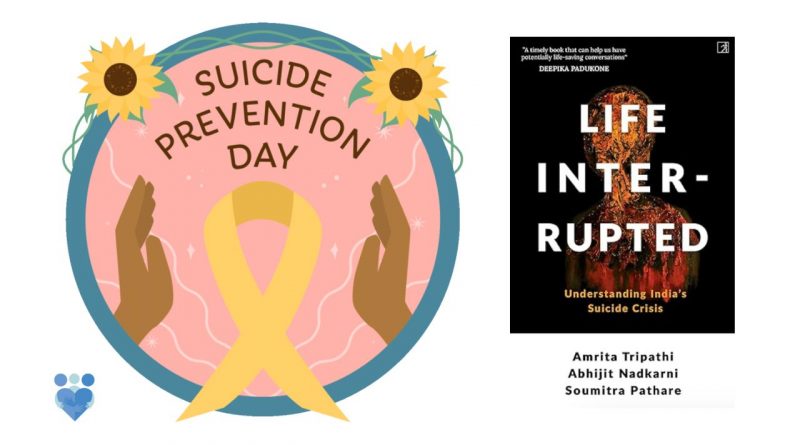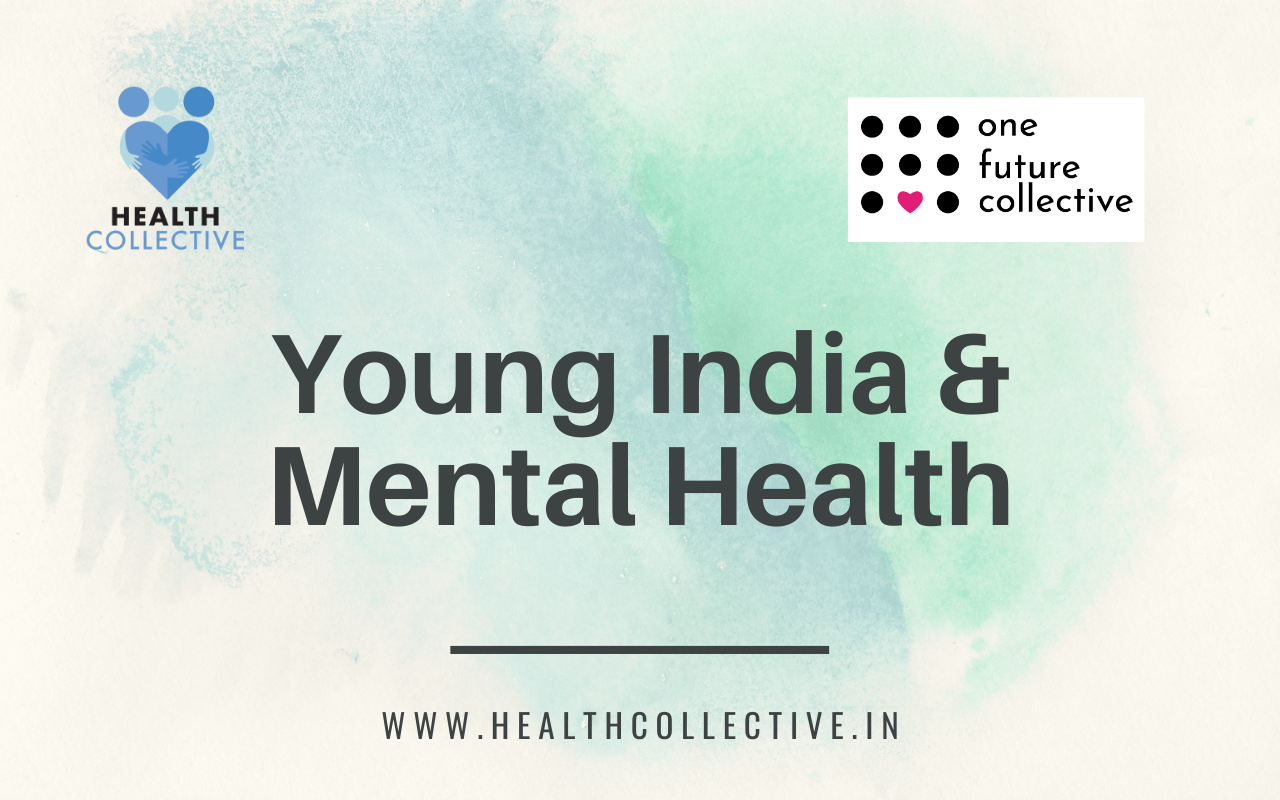Suicide Prevention: What You Need to Know
There are many myths and misconceptions about suicide and suicide prevention. For starters, please know that it is a complex multi-factorial issue, and that death by suicide cannot be simplified into one simple cause (which is usually how we see stories reduce suicide to). We tend to be very uncomfortable talking about suicide, perhaps worrying that we will “give people ideas”. But knowing the right way to talk about suicide, write or report about death by suicide, and knowing the right way to listen with empathy to people who may have suicidal ideation could prove to be life-saving. Please know that there are helplines available if you or anyone you know feels distressed.
Sharing some more information here from a book we co-authored, which includes many perspectives and as little jargon as possible. Simon and Schuster India published the book Life Interrupted: Understanding India’s Suicide Crisis by Amrita Tripathi, Abhijit Nadkarni, Soumitra Pathare. An excerpt from the book’s introduction follows, published with permission.
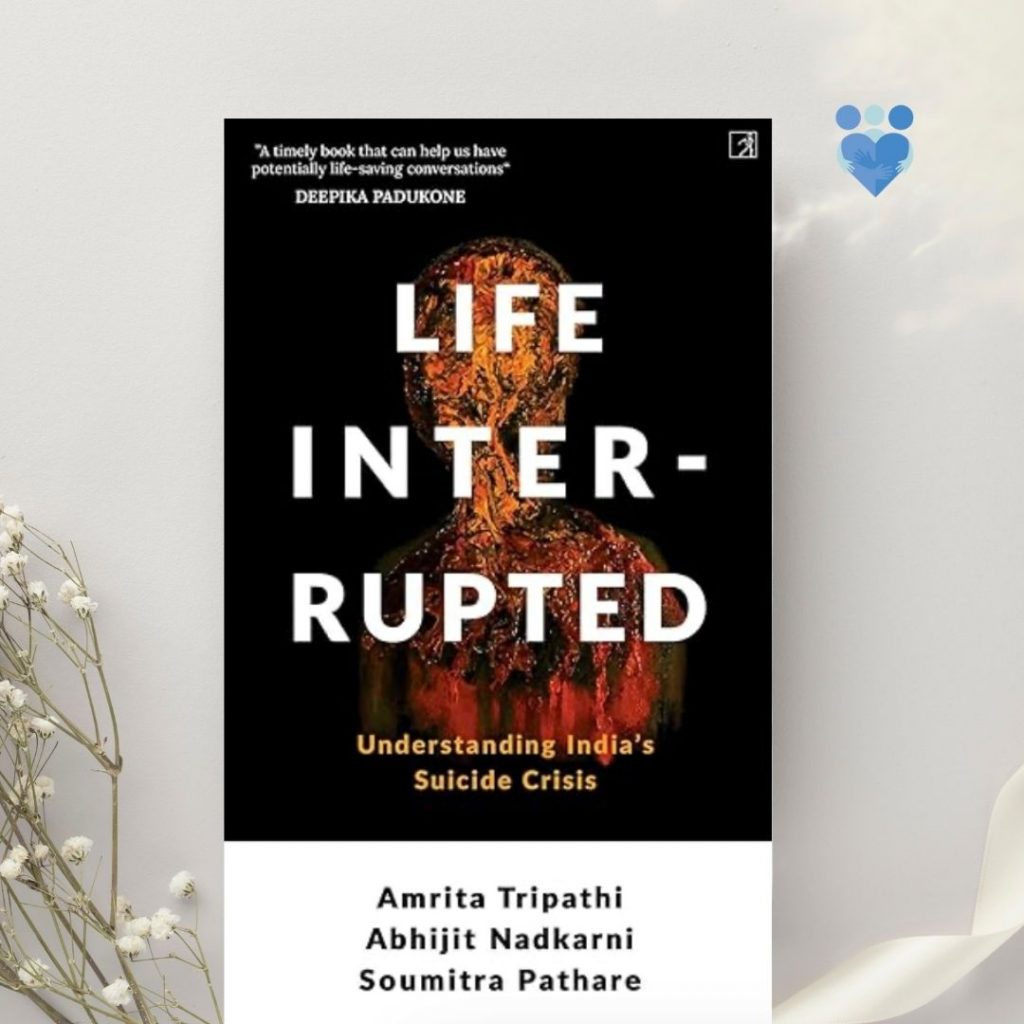
INTRODUCTION
Why do we need to talk about suicide and suicide prevention in India? The short answer is that it can be the first step to saving lives. India sees approximately 20% of the world’s suicides—it’s the number one cause of death for young Indians aged 15-39 —even judging by the figures we get from the National Crime Records Bureau (NCRB), which are widely estimated to be much lower than the reality.
And yet, there is an overwhelming silence around the subject, broken only by often-cacophonous news reports when there’s a tragedy around a celebrity, or daily mini-tragedies, where editors and reporters share gruesome details with no thought to the well-known guidelines for the media which have been formulated specifically to prevent copy-cat suicides. There’s hardly any recognition by organisations such as the WHO and the Samaritans in the ‘mainstream’ media that suicide is preventable, that even the way we talk about, report and address these issues via different stakeholder groups can save lives. As a country, we may have become numb to the tragedy, forgetting that there are individuals and families, ripped apart with each statistic that is reported (and as you’ll read in the book, even those statistics seem to err on the side of under-estimates).
About the Book: Life Interrupted
Our book will attempt to demystify the issue of suicide in India, while acknowledging that this is a complicated, multi-factorial and inter-sectoral issue. We will hear from suicide survivors and suicide loss survivors—that is, families affected by suicide—who share heart-felt vulnerable moments from their own journeys. We will hear from senior editors, policy-makers, mental health experts and advocates, survivors, family members and more, as we draw on the available studies and research that all point to the fact that we can address this major issue, collectively. As you’ll read through the following chapters you will realise that, while there are clear best practices and recommendations, which we should be looking to implement, there are also macro-level policy changes required. We need to think of the individual—the student, the farmer, the housewife—but also the collective, the social, the community—and address the social determinants which all too often play a role.
There is evidence-based science of suicide prevention that we will aim to make more accessible to a general audience. But we’re talking to you as specialists too—as editors and reporters, policy-makers, teachers and counsellors, family members, this affects each one of us. Our book is not intended to be prescriptive or even an encyclopedia on everything to do with suicide prevention…
This is by no means meant to be a depressing book—more a clear-eyed look at a very disturbing phenomenon, with practical next steps, as a call to action.
And one more note: We aren’t immune to this. Of the three co-authors, all have had some personal connection to the issue, whether it is through one of our colleagues dying by suicide, or suicide attempts in the family; one of us has spoken about suicidal ideation and a phase in their life when everything seemed so bleak that suicide felt like a viable option, though this was adamantly not the case—their clear advice is that you speak to someone about what is bothering you.
(Note: if you feel distressed, please stop reading at any point, and reach out for professional help)
There are many issues when it comes to a complicated, inter-sectoral issue like this, but a few things to keep in mind at the outset—there are major gaps when it comes to data collection and one major misconception is that suicide is only due to mental illness, which is emphatically not the case in India. The most dangerous issue is that the issue seems so complicated, that an almost-fatalistic attitude creeps in.
As we discuss some of these, through case studies and best practices, while addressing and busting common myths with multiple stakeholders, we hope that you will join us in this mission by becoming more informed, and sharing more from your own domain expertise and personal experience. The issue is critical, the science is being made more accessible every day, and the change could not come a day too soon. Let’s not forget that behind each statistic is a real person, a real life, a real family.
INDIA HELPLINES are listed here (Please note these are third-party helplines. )
You can find Life Interrupted, Understanding India’s Suicide Crisis here. Please reach out especially if you are a student and would like a copy but find it financially a burden to purchase.
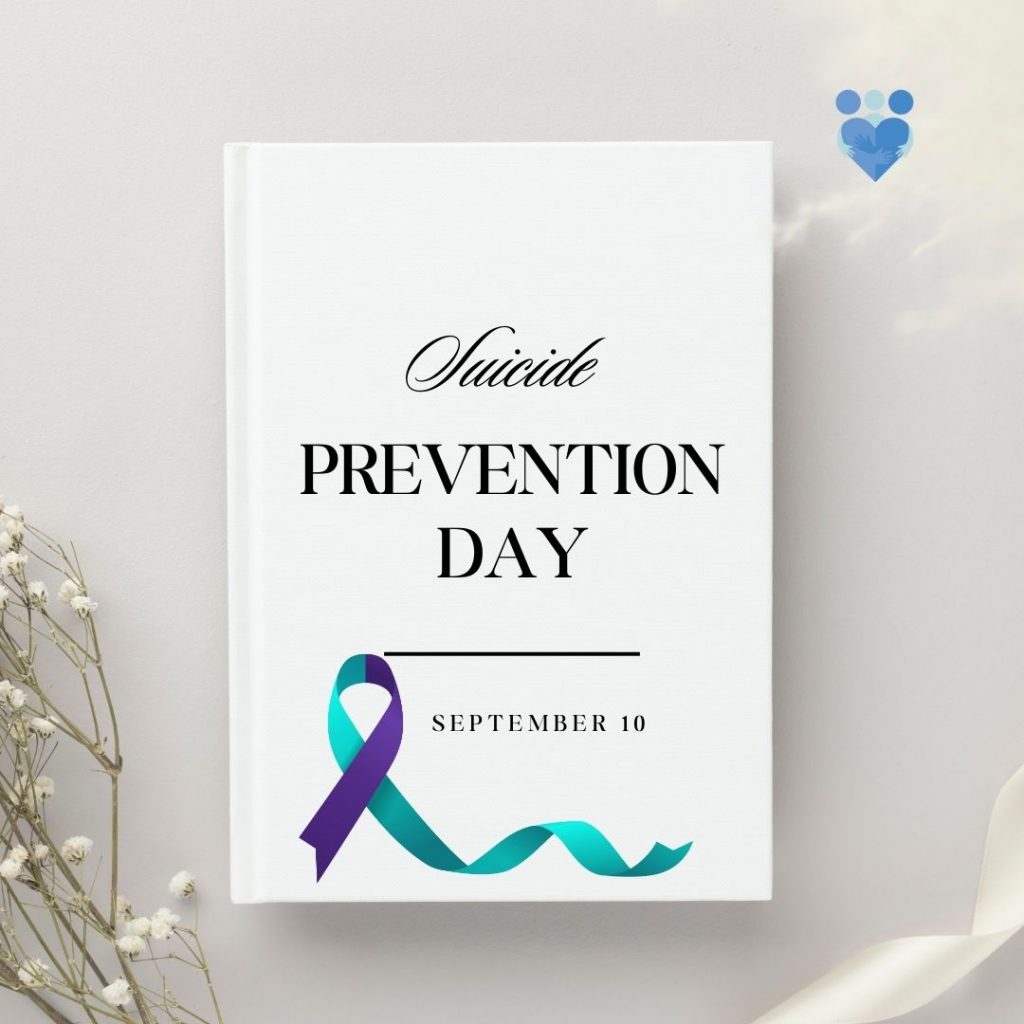
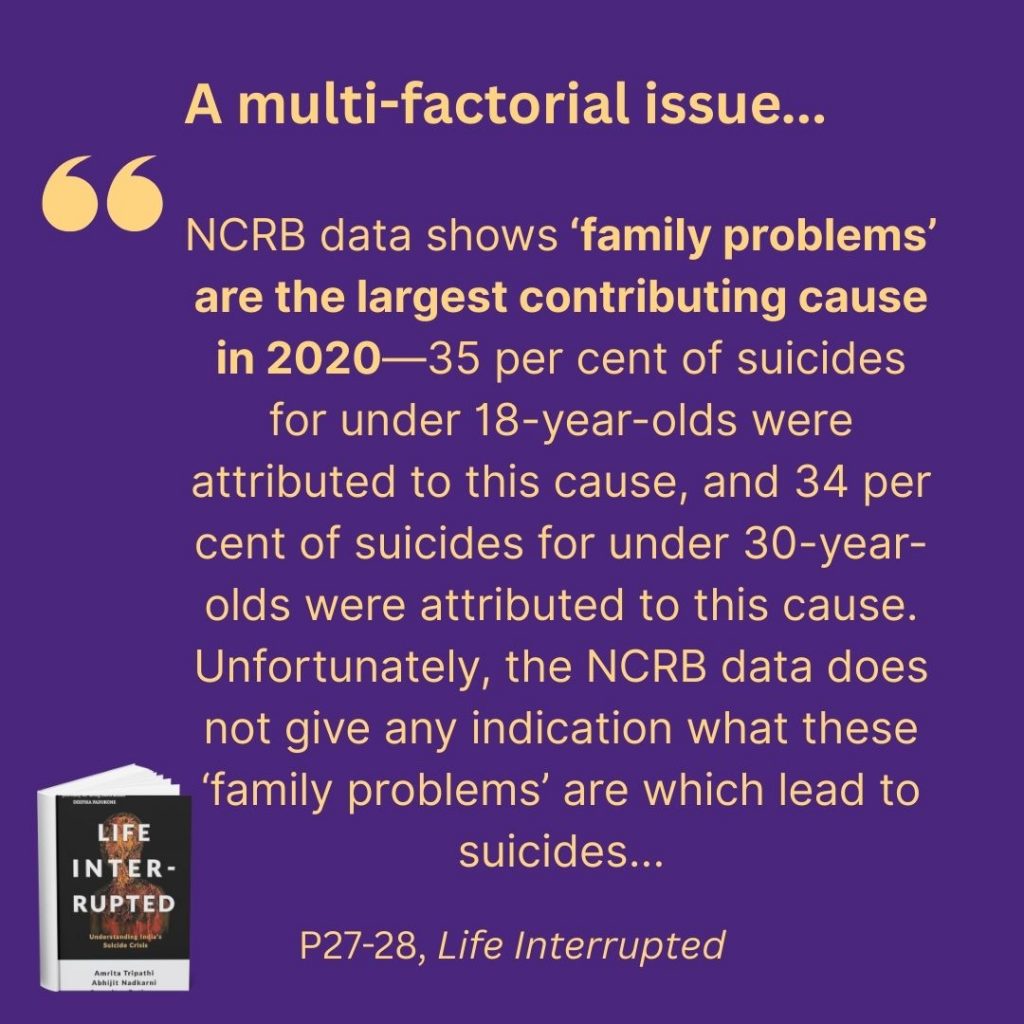
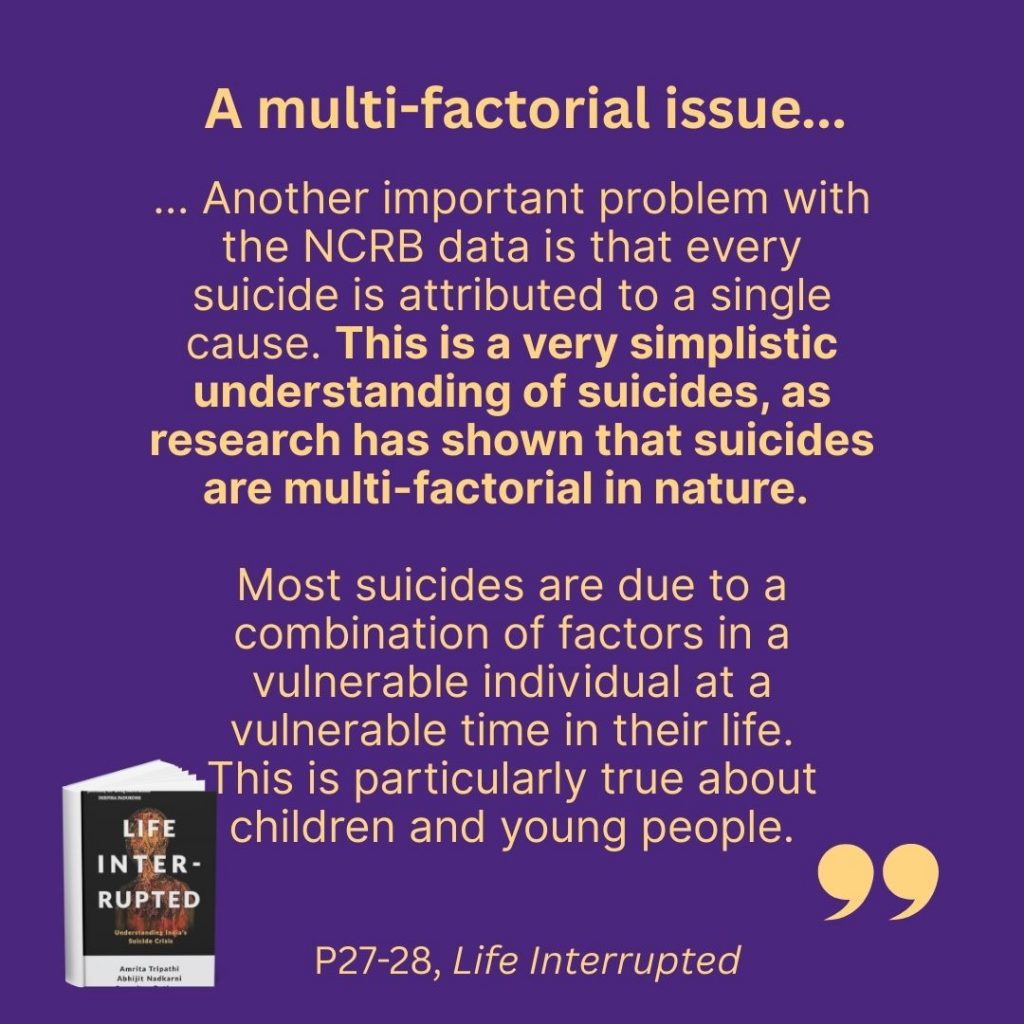
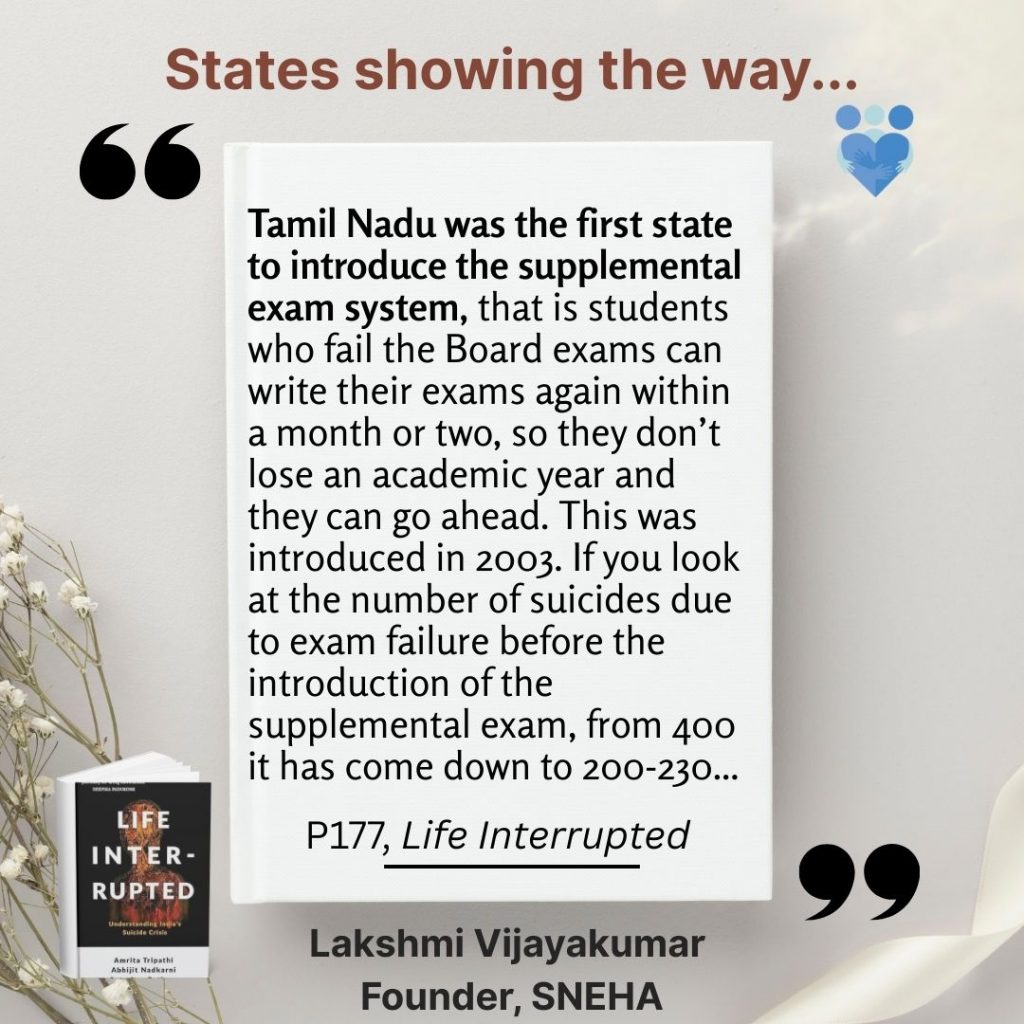
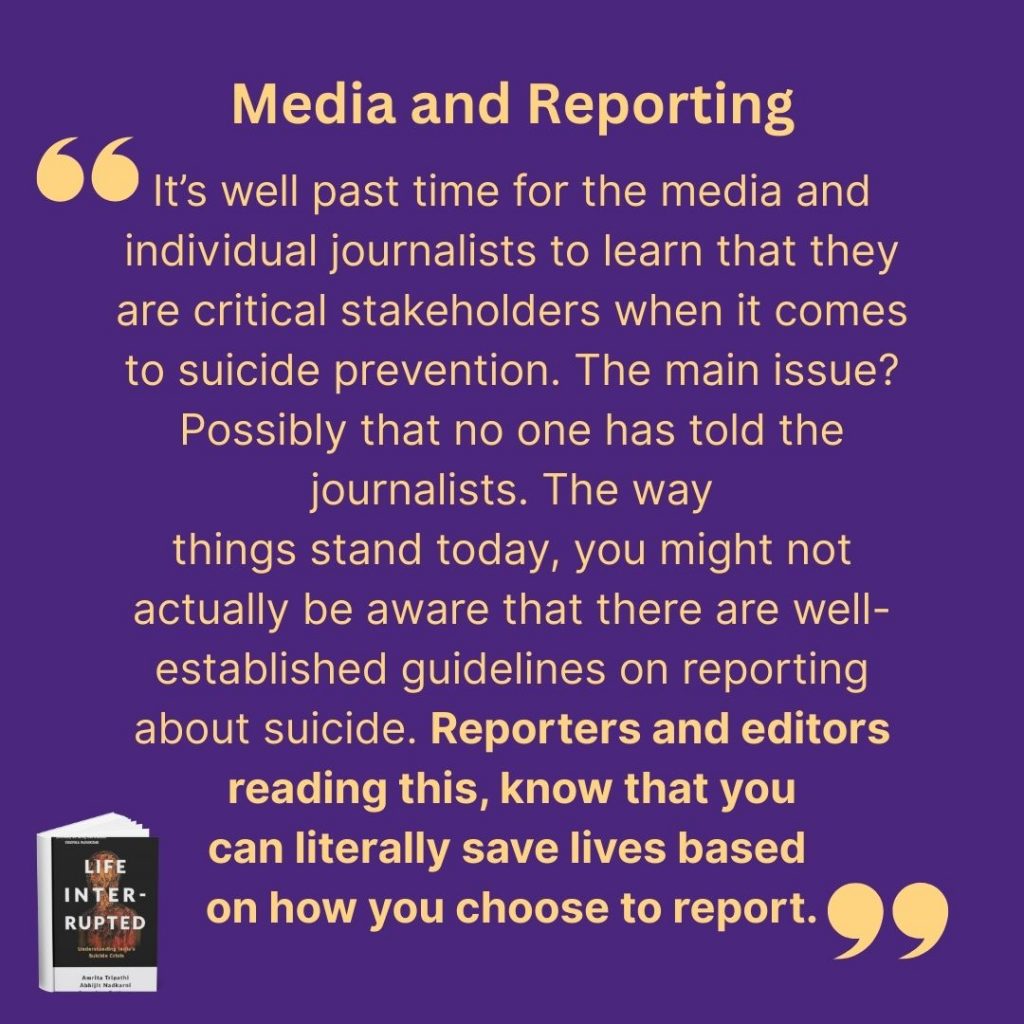
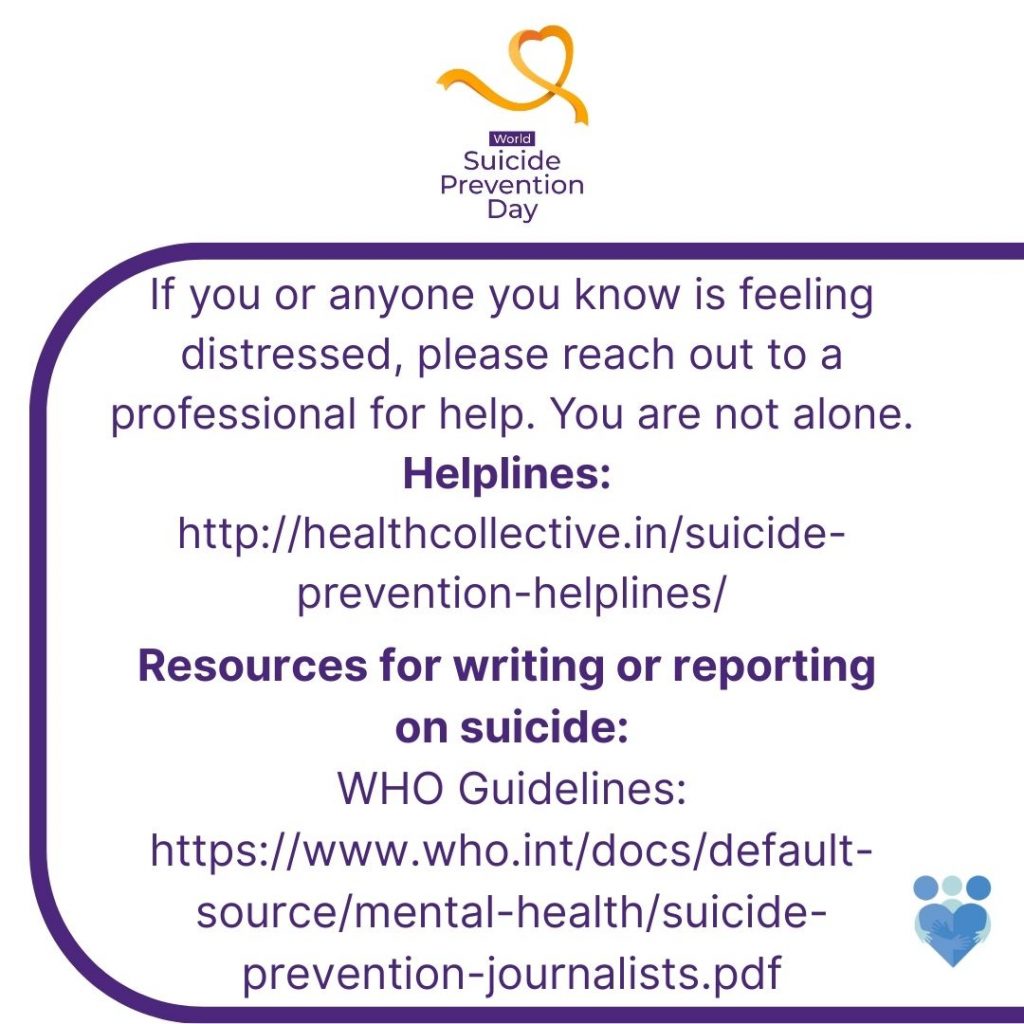
ALSO SEE: There is a new youth suicide prevention campaign from 10Ktozero anchored by the Centre for Mental Health Law and Policy looking to reduce youth suicide; and you can learn more as well as information on how to join a panel on Friday September 12, 2025

